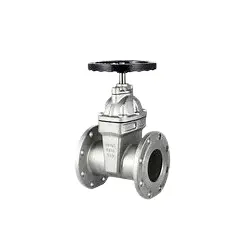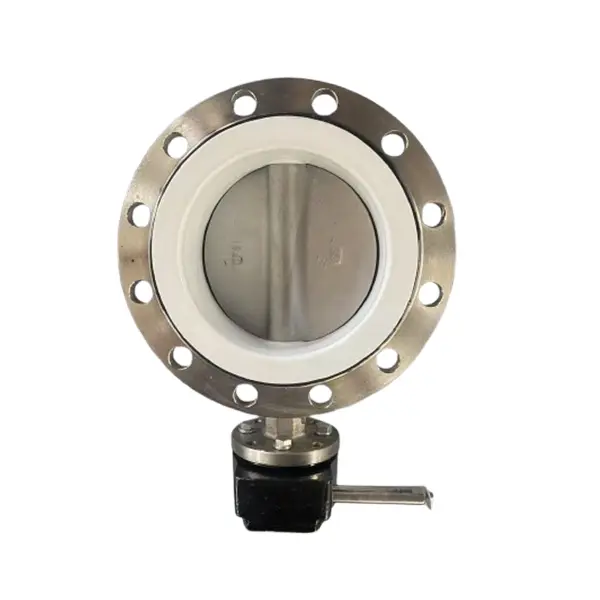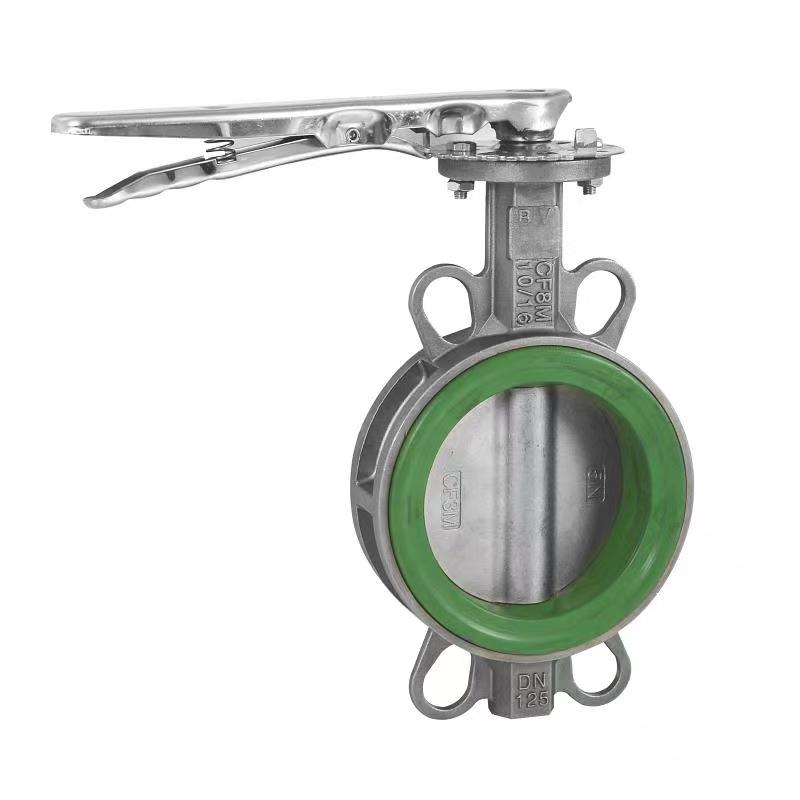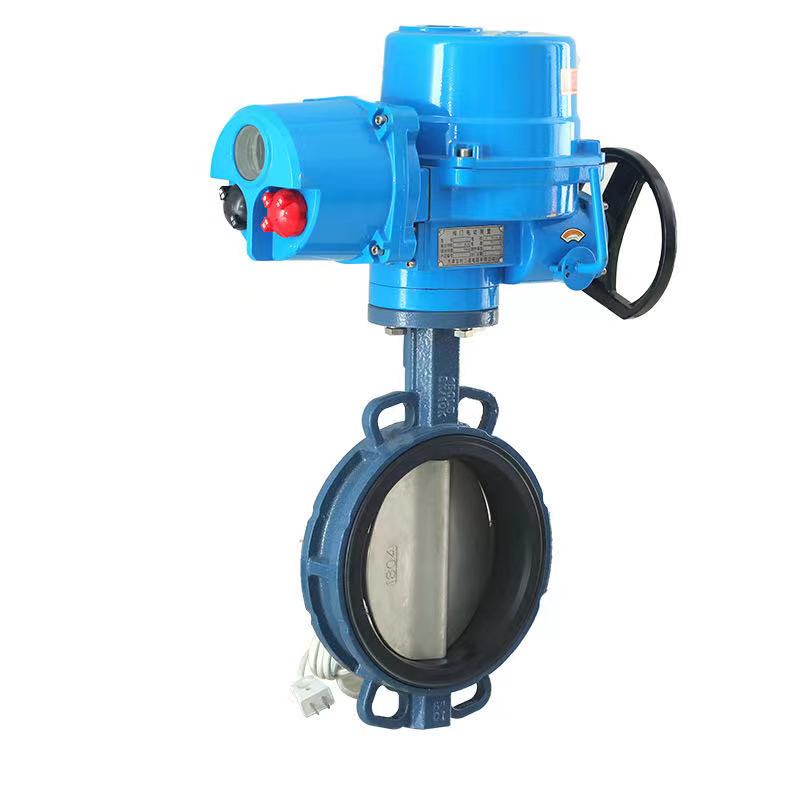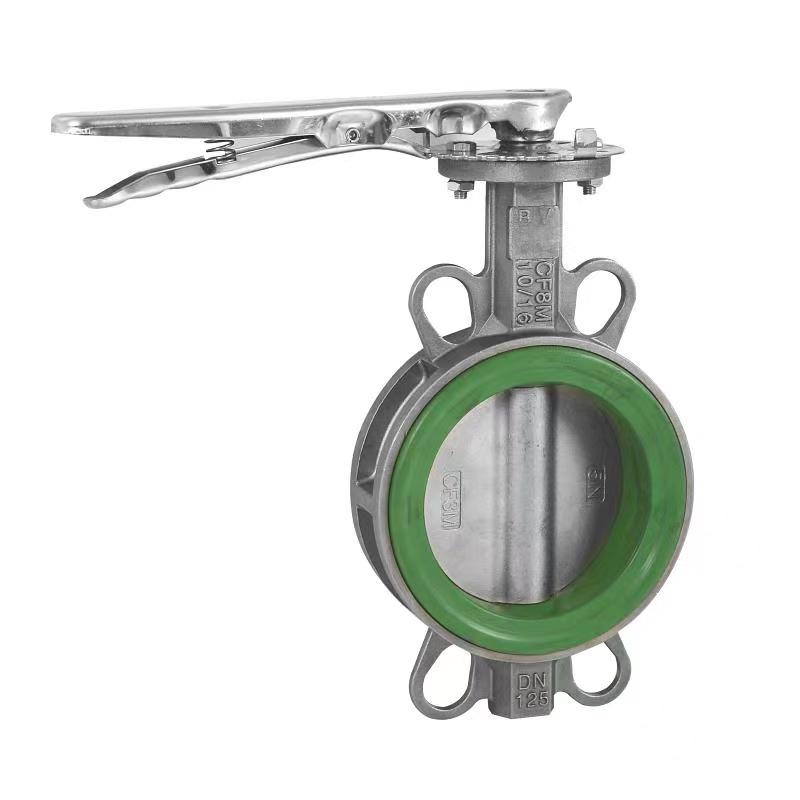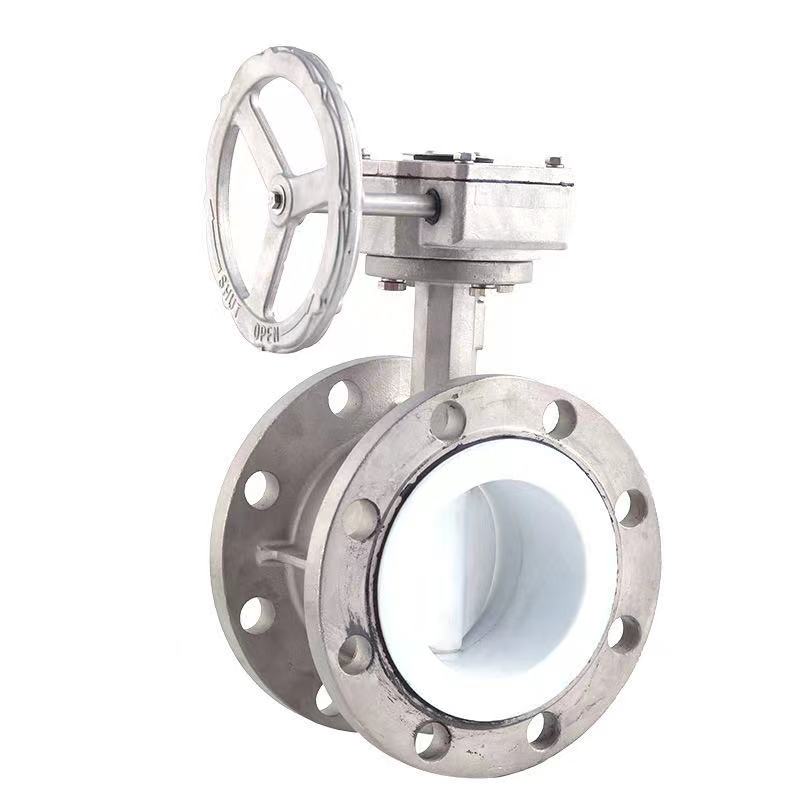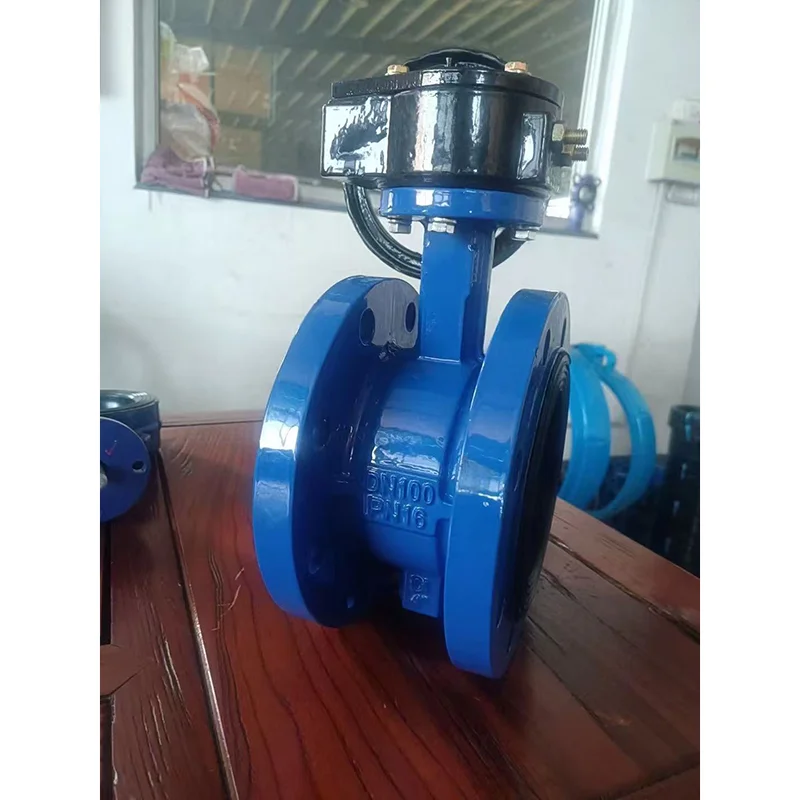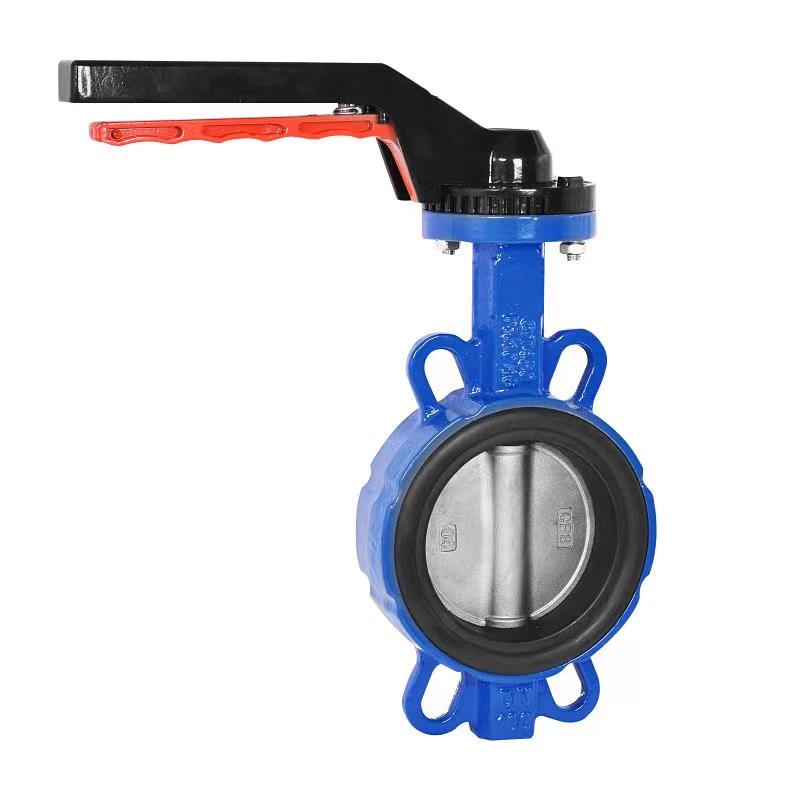- English
- Español
- Português
- русский
- Français
- 日本語
- Deutsch
- tiếng Việt
- Italiano
- Nederlands
- ภาษาไทย
- Polski
- 한국어
- Svenska
- magyar
- Malay
- বাংলা ভাষার
- Dansk
- Suomi
- हिन्दी
- Pilipino
- Türkçe
- Gaeilge
- العربية
- Indonesia
- Norsk
- تمل
- český
- ελληνικά
- український
- Javanese
- فارسی
- தமிழ்
- తెలుగు
- नेपाली
- Burmese
- български
- ລາວ
- Latine
- Қазақша
- Euskal
- Azərbaycan
- Slovenský jazyk
- Македонски
- Lietuvos
- Eesti Keel
- Română
- Slovenski
- मराठी
- Srpski језик
- Esperanto
- Català
- שפה עברית
- Cymraeg
- Latviešu
- icelandic
- ייִדיש
- беларускі
- Hrvatski
- Kreyòl ayisyen
- Shqiptar
- Malti
- lugha ya Kiswahili
- አማርኛ
- Bosanski
- Frysk
- ភាសាខ្មែរ
- ქართული
- ગુજરાતી
- Hausa
- Кыргыз тили
- ಕನ್ನಡ
- Corsa
- Kurdî
- മലയാളം
- Maori
- Монгол хэл
- Hmong
- IsiXhosa
- Zulu
- Yoruba
- অসমীয়া
- ଓଡିଆ
- Twi
- Samoa
- Sesotho
- සිංහල
- Gàidhlig
- Cebuano
- Somali
- Тоҷикӣ
- O'zbek
- Hawaiian
- سنڌي
- Shinra
- Հայերեն
- Igbo
- Sundanese
- Lëtzebuergesch
- Malagasy
- Tǝlam Kanuri
- Punjabi
- پښتو
- Chichewa
Why do butterfly valves always malfunction?
2025-09-12
Frequent failures of butterfly valves are usually related to seal failure, abnormal operation, and external interference. The following analysis will be conducted based on specific types of failures:
Sealing failure leading to leakage: Damage to the sealing surface or embedding of impurities are common causes. After long-term use, the sealing surface between the butterfly plate and the valve seat will be damaged by friction and wear, or impurities and dirt in the medium will adhere, leading to internal leakage. For example, aging, hardening, or corrosion of the sealing ring can further exacerbate the leakage problem. In addition, leakage at both ends of the valve is often caused by the failure of the sealing gasket or uneven tightening of the pipe flange, while leakage at the valve stem is directly related to the wear and aging of the sealing components.
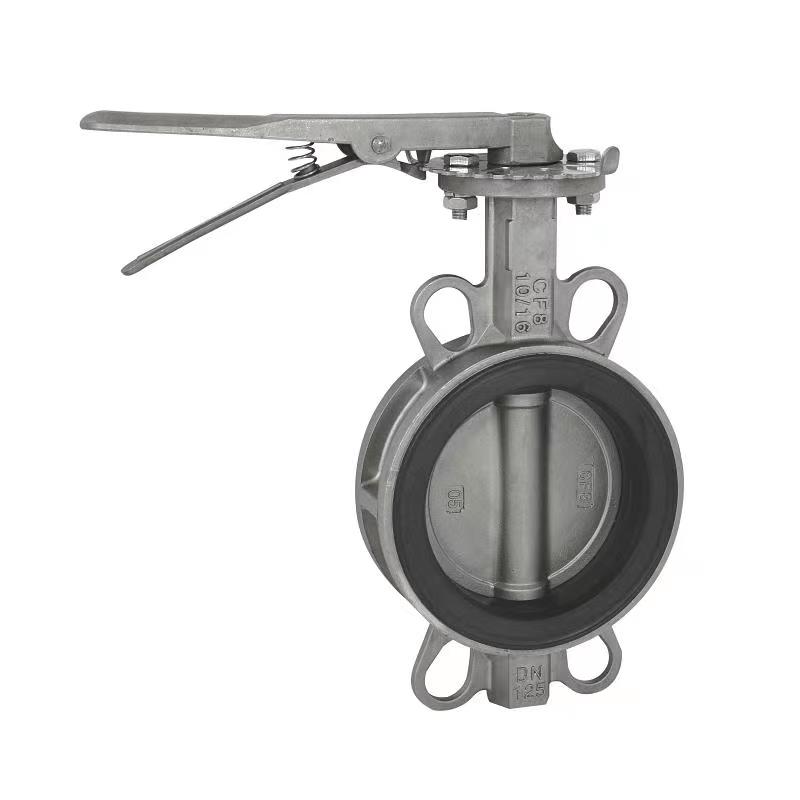
Abnormal operation can cause functional failure: the valve cannot be fully opened or closed, often caused by foreign object blockage (such as solid particles or welding slag in the pipeline) or transmission device failure (such as worm gear and gear wear). Excessive operating torque may result in uneven force distribution due to high friction between the valve stem and packing, uneven clearance between the butterfly plate and valve body, or improper installation. For example, a bent or stuck valve stem can directly hinder valve action, while insufficient lubrication can exacerbate wear on transmission components, forming a vicious cycle.
External interference can lead to performance degradation: excessive flow rate of the medium can generate shock and turbulence, causing valve vibration and noise, and long-term operation may damage the valve body structure. The resonance caused by unstable installation will further amplify the vibration problem. In addition, environmental factors such as high humidity can accelerate the corrosion of metal components, while abnormal temperature (high temperature aging, low temperature lubrication failure) directly affects the performance of sealing materials and transmission components. For example, electric butterfly valves may operate slowly in low-temperature environments due to increased viscosity of lubricating oil.
Related News
- Can check valves prevent pump reversal
- What scenarios are check valves suitable for?
- What should I do if the check valve cannot stop the water?
- What should I do if there is leakage inside the check valve
- What are the types of check valves
- Are there any requirements for the installation direction of butterfly valves?
New Products






